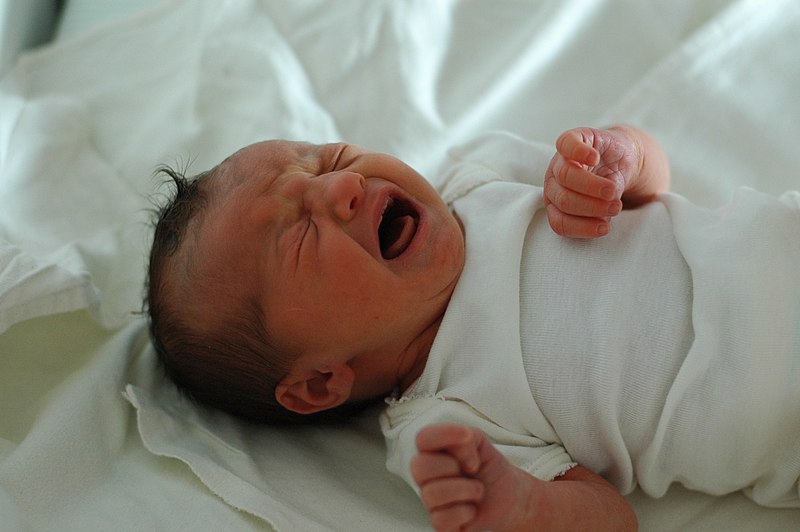NIH. US: The term cerebral palsy refers to any one of a number of neurological disorders that appear in infancy or early childhood and permanently affect body movement and muscle coordination but don’t worsen over time. Even though cerebral palsy affects muscle movement, it isn’t caused by problems in the muscles or nerves. It is caused by abnormalities in parts of the brain that control muscle movements.
The majority of children with cerebral palsy are born with it, although it may not be detected until months or years later. The early signs of cerebral palsy usually appear before a child reaches 3 years of age. The most common are a lack of muscle coordination when performing voluntary movements (ataxia); stiff or tight muscles and exaggerated reflexes (spasticity); walking with one foot or leg dragging; walking on the toes, a crouched gait, or a “scissored” gait; and muscle tone that is either too stiff or too floppy. A small number of children have cerebral palsy as the result of brain damage in the first few months or years of life, brain infections such as bacterial meningitis or viral encephalitis, or head injury from a motor vehicle accident, a fall, or child abuse.
Is there any treatment?
Cerebral
palsy can’t be cured, but treatment will often improve a child's
capabilities. In general, the earlier treatment
begins the better chance
children have of overcoming developmental disabilities or learning new
ways to accomplish the tasks
that challenge them.
Treatment may include physical and occupational therapy, speech
therapy, drugs to control seizures,
relax muscle spasms, and
alleviate pain; surgery to correct anatomical abnormalities or release
tight muscles; braces and
other orthotic devices;
wheelchairs and rolling walkers; and communication aids such as
computers with attached voice synthesizers.
What is the prognosis?
Cerebral
palsy doesn’t always cause profound disabilities. While one child with
severe cerebral palsy might be unable to
walk and need extensive, lifelong
care, another with mild cerebral palsy might not require special
assistance. Supportive
treatments, medications, and
surgery can help many individuals improve their motor skills and ability
to communicate with
the world.
What research is being done?
Researchers are investigating
the roles of mishaps early in brain development, including genetic
defects, which are sometimes
responsible for the brain
malformations and abnormalities that result in cerebral
palsy. Scientists are also looking at traumatic
events in newborn babies’
brains, such as bleeding, epileptic seizures, and breathing and
circulation problems, which can
cause the abnormal release of
chemicals that trigger the kind of damage that causes cerebral palsy.
Researchers also hope
to find ways to prevent white
matter disease--the most common cause of cerebral palsy. To make sure
children are getting
the right kinds of therapies,
studies are also being done that evaluate both experimental treatments
and treatments already
in use so that physicians and
parents have valid information to help them choose the best therapy.
